Editors’ Picks




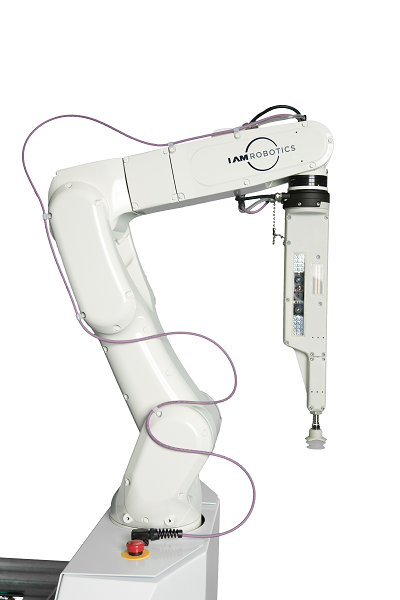
Found in Robotics News & Content, with a score of 22.99
…been founded in 2012 by Galluzzo and colleagues from Carnegie Mellon University’s National Robotics Engineering Center, in the summer of 2014, it was largely a PowerPoint presentation on his laptop in the summer of 2014. I’m not sure if they’d gone live with a website at that point. But, with support from Rochester Drug Cooperative, Galluzzo and his team had built an autonomous mobile piece-picking robot that could go up and down a warehouse aisle and pick items from a shelf to a tote. At the time, they nicknamed it GOFER, which stood for general order fulfillment robot. Galluzzo now…
Found in Robotics News & Content, with a score of 31.76
…the ability to showcase our solution, the proximity to Carnegie Mellon University’s National Robotics Engineering Center, and all of the numerous amenities in Pittsburgh’s Strip District and Historical Lawrenceville neighborhoods,” said Founder, Tom Galluzzo. Galluzzo added, “This new location is going to allow us to dramatically ramp up our production capacity and development testing for new technologies. We’re embracing our solution by operating our robots at the same scale as our customers and showing a better way to fulfill orders with autonomous robots.” IAM Robotics is designing the new showcase innovation center and headquarters now and plans to occupy it…
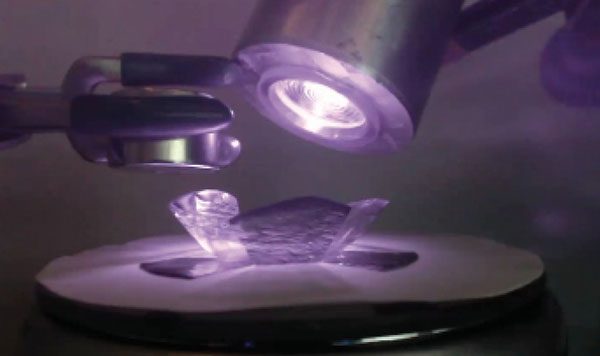
Found in Robotics News & Content, with a score of 17.04
…says Carmel Majidi, associate professor of mechanical engineering at Carnegie Mellon University. “When combined with conductive fluids or elastomers, they can also be used to make soft, flexible and stretchable circuits, sensors and radio antennae.” Morphing Materials One approach to building soft robots is to use “shape-memory” materials, which change shape and stiffness in response to heat or electrical stimulation. Two popular types of shape-memory material include nickel-titanium alloy and liquid crystal elastomers. Liquid-crystal elastomers are soft polymers that can remember their shape after they have deformed, springing back to their natural rest configuration when stimulated (Fig. 1). Over the…
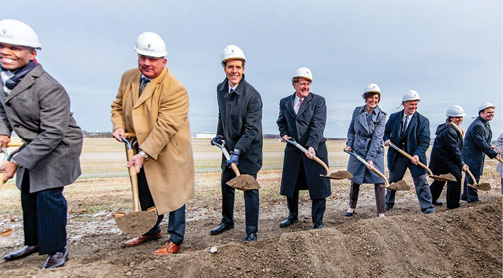
Found in Robotics News & Content, with a score of 25.83
…University, which also offers engineering programs in AM; and Carnegie Mellon University. “Workforce development is a key component of this,” Storer says. “Additive manufacturing is still in its infancy, and it is advancing faster than the workforce. We have a great university system here in Pennsylvania, and the schools want to get on board and train this ‘new collar’ workforce.” In addition, both America Makes and ARM (Advanced Robotics for Manufacturing) are less than an hour’s drive from the campus. America Makes supports the project, and is promoting the project within its membership. Land development on the initial 30-acre site…

Found in Robotics News & Content, with a score of 23.25
…new solutions for industrial customers with both simple and complex needs. Honeywell also is collaborating with AI researchers at Carnegie Mellon University’s National Robotics Engineering Center to develop breakthrough robotics technologies for distribution centers. The company, through its Honeywell Ventures investment fund, has strategic investments in robotics companies, including Soft Robotics and Attabotics, to help automate complex tasks in dynamic environments to maximize productivity and labor efficiency.
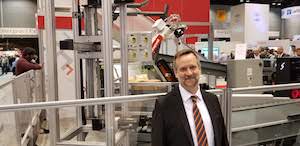
Found in Robotics News & Content, with a score of 36.45
…easily retrofits into existing induction stations, he added. “Intelligent algorithms, machine learning and artificial intelligence (AI)—developed in collaboration with Carnegie Mellon University—enable the robot to improve its own performance over time. It also offers label detection and automatic reorientation,” Wicks added, noting that the system is built upon the Honeywell Universal Robotic controller which allows the robots to “see better, think smarter and act faster.” ProMat 2019 is scheduled to be held April 8-11 at Chicago’s McCormick Place. The tradeshow will showcase the latest manufacturing, distribution and supply chain solutions in the materials handling and logistics industry. Modern’s complete coverage…
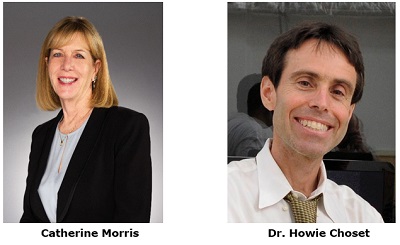
Found in Robotics News & Content, with a score of 36.45
…former chairperson; and Dr. Howie Choset, robotics professor at Carnegie Mellon University and co-founder of the Advanced Robotics for Manufacturing (ARM) Institute. The award is named for Joseph F. Engelberger, known throughout the world as the ”father of robotics.” Engelberger was founder and president of Unimation, Inc., the world’s first industrial robot manufacturer. The Engelberger Robotics Awards are presented to individuals for excellence in technology development, application, education and leadership in the robotics industry. Each winner receives a $5,000 honorarium and commemorative medallion with the inscription: “Contributing to the advancement of the science of robotics in the service of mankind.”…
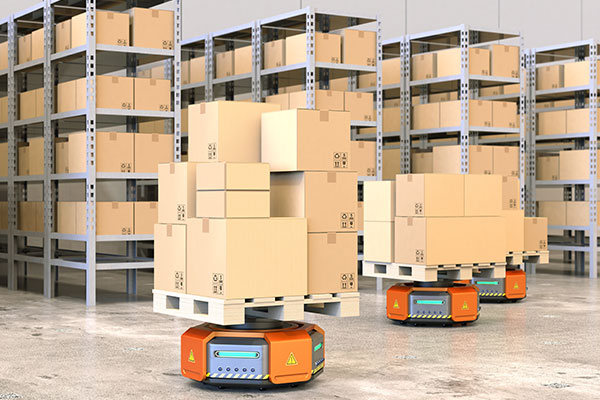
Found in Robotics News & Content, with a score of 19.29
…operational needs. Honeywell Intelligrated previously announced its collaboration with Carnegie Mellon University to develop next-generation artificial intelligence and robotics technologies for distribution centers. The Fetch Robotics collaboration adds mobility capability to the portfolio of robotics solutions Honeywell is bringing to market. Pieter Krynauw, president of Honeywell Intelligrated: “As staffing challenges and the continued growth of online shopping are pressuring supply chains, robotics can be an effective solution to help make large, integrated distribution centers more efficient. With this arrangement, we can provide our customers with a complete suite of fixed and mobile robotics solutions, backed by the expert systems integration,…
Found in Robotics News & Content, with a score of 21.71
…Galluzzo and Vladimir Altman, robotics engineers who worked at Carnegie Mellon University’s National Robotics Engineering Center. Having worked on advanced projects in computer vision, embedded systems and autonomous manipulation, they were drawn into the industry by a customer who asked if they could develop a robot that picked items from warehouse shelving. Like many companies, this customer faced high labor turnover and hiring issues. The result was the first autonomous mobile manipulation robot worker that performed fundamental picking tasks in human environments. “We’re expanding what is possible to accomplish with autonomous robots,” said Galluzzo, CTO. “There is a great deal…
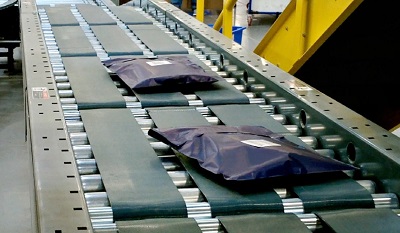
Found in Robotics News & Content, with a score of 62.92
Honeywell has announced a strategic collaboration with Carnegie Mellon University to advance artificial intelligence and robotic technologies to help distribution centers address rising demands fueled by rapid growth in e-commerce. The initiative brings together Honeywell Intelligrated, a division of Honeywell Safety and Productivity Solutions, and Carnegie Mellon’s National Robotics Engineering Center. The two organizations are advancing the capability of artificial intelligence and robotics technologies to benefit distribution centers, which are becoming more integrated and complex, and looking to robotics solutions to improve productivity and performance in fulfilling orders. “It is becoming increasingly difficult to staff supply chain operations fast enough…
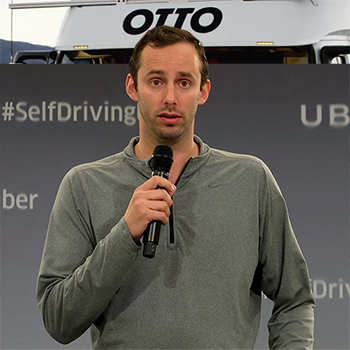
Found in Robotics News & Content, with a score of 25.35
…after Uber poached dozens of researchers and engineers from Carnegie Mellon University. It was reportedly Levandowski’s decision to rapidly expand those efforts into San Francisco at the end of 2016. In other news, Uber quietly dropped the name for its driverless truck unit, “Otto.” The change was made last month in the wake of a trademark infringement dispute with a similarly named Canadian company that markets its own robotic vehicle technology. Uber consolidated Otto’s activities under its Advanced Technologies Group, or Uber ATG, in April and “retired the Otto name,” it said without elaborating. The change came shortly after the…
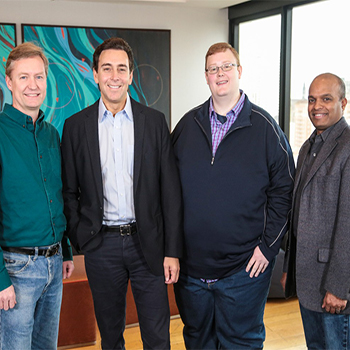
Found in Robotics News & Content, with a score of 17.60
…and Peter Rander, company COO. Both are alumni of Carnegie Mellon National Robotics Engineering Center and former leaders on the self-driving car teams of Google and Uber, respectively. “The next decade will be defined by the automation of the automobile, and autonomous vehicles will have as significant an impact on society as Ford’s moving assembly line did 100 years ago,” said Ford President and CEO Mark Fields. “Autonomous vehicles will have as significant an impact on society as Ford’s moving assembly line did 100 years ago”Mark Fields, Ford President & CEO “As Ford expands to be an auto and a…



